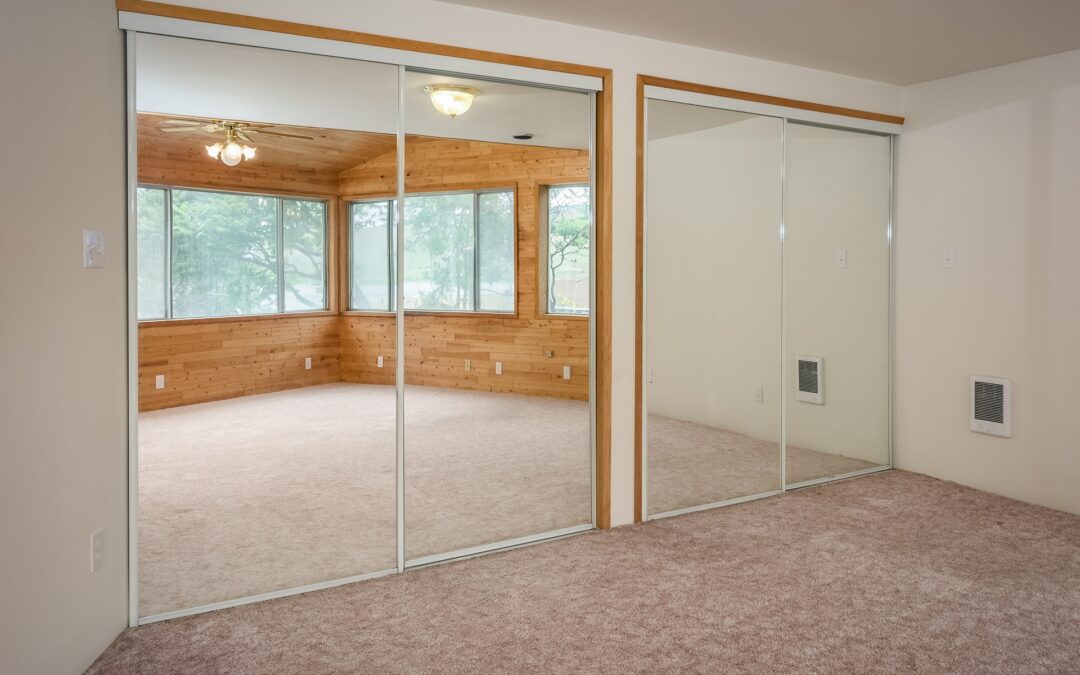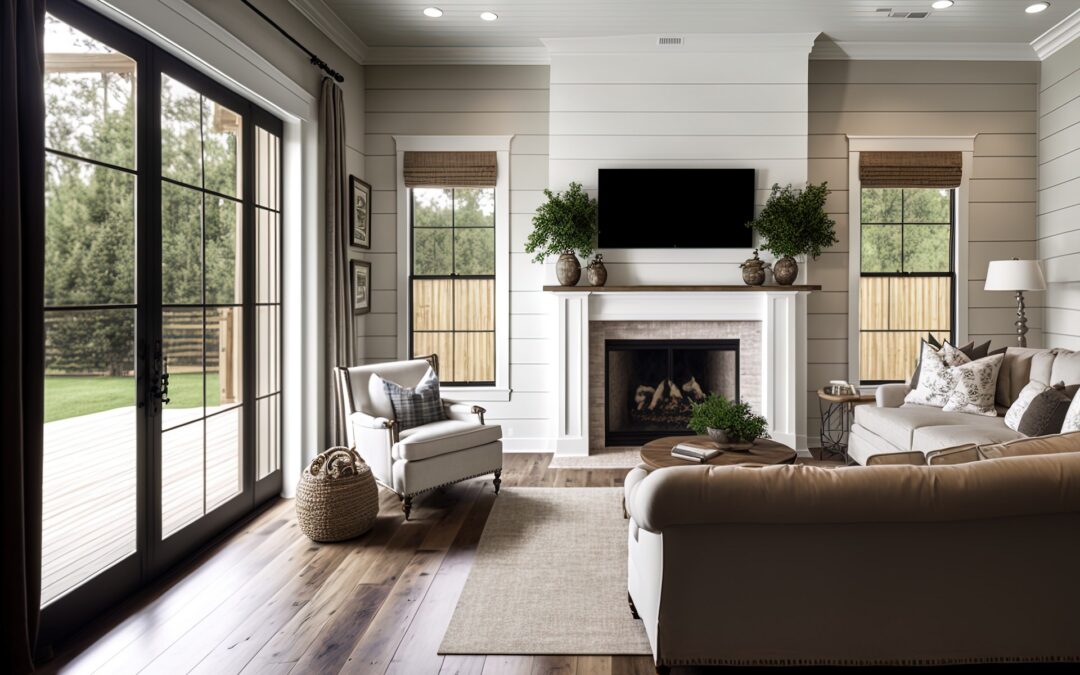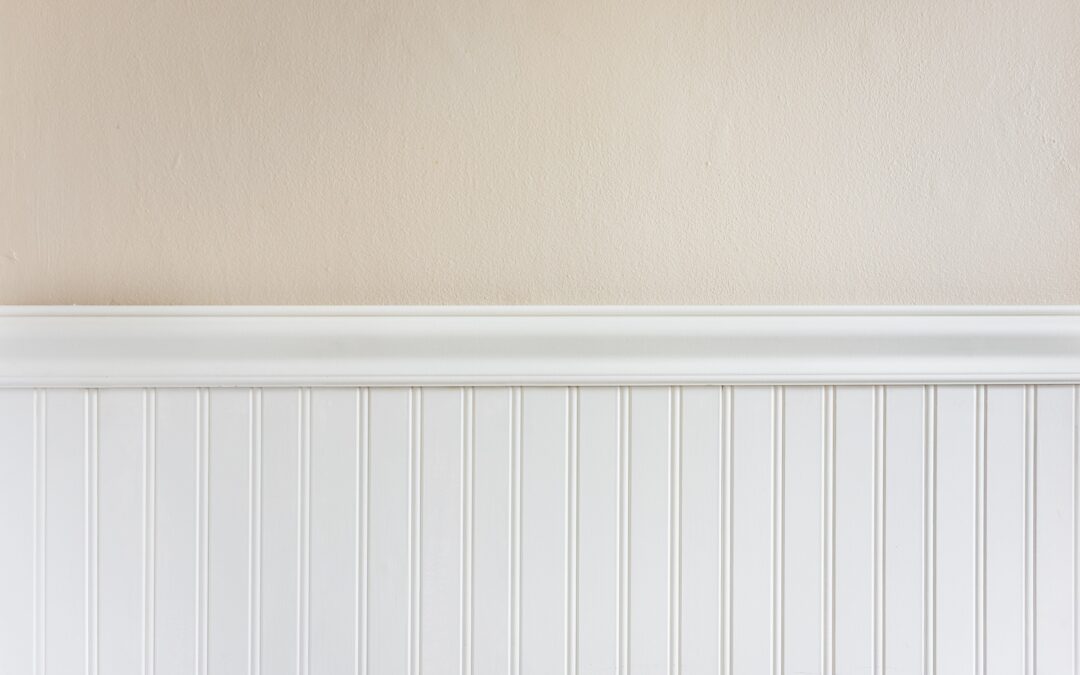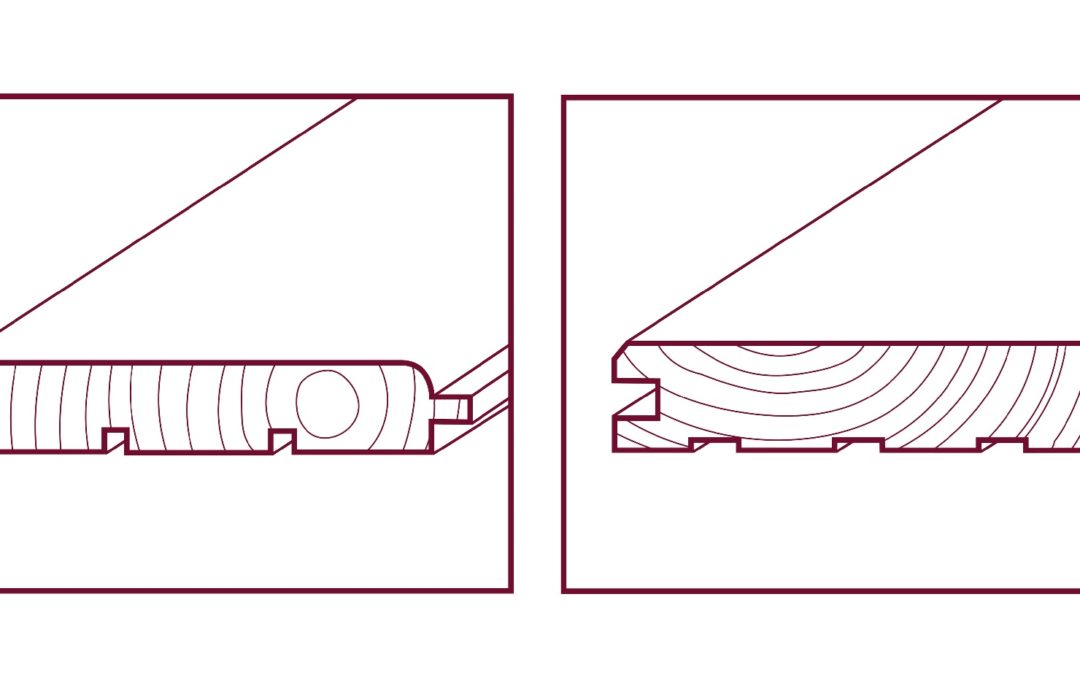The sky’s the limit with ways to incorporate tongue and groove into a contemporary home’s design. Create ceilings, feature walls, transition rooms, and kitchen accents; change the width of the boards, or paint it, to create texture and eye-pleasing interest.









Recent Comments